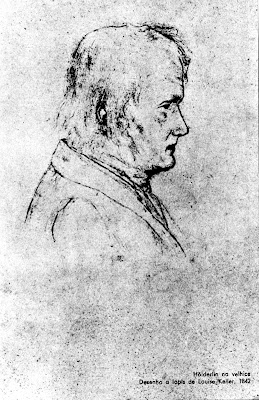Surrealist texts by surrealist women: Mary Low
***


Encounter
Since first we met
I have know
the intimate joy of scissors
sleek cats and nutmeg,
the tears of blind music at night,
and the whisper of fire among cinders.
Since first we met
all stairs and flowers
grow spurs for me
and palm-trees whip me with their hair
in sundry mirrors.
The small hours open their wounds for me
to the sound of flutes
that shake my heart.
Since first we met
I feel like omega.
full of warm silk
endless and groundless.
Mary Low, in Penelope Rosemont, op.cit., p. 411
Mary Low(1912–2007). Political activist, journalist, poet and linguist. Although her parents were Australian, she was born and raised in London. She continued her education in Switzerland and France. She met the Cuban poet and revolutionary Juan Brea in 1933 and joined the Paris Surrealist group shortly afterwards. They also contacted the Surrealist groups in Prague, Bucharest and Brussels.
Their closest friends among the Surrealists were Benjamin Péret,Victor Brauner, Oscar Dominguez, Marcelle Ferry and the Czechs Bohuslav Brouk, Jindrich Heisler and Toyen. In 1936–37 Low and Brea fought on the Republican side in Spain. They were members of the Partido Obrero de Unificación Marxista (POUM) and she edited its English-language newspaper, Spanish Revolution, and helped to organize the women’s militia. On their return to England, they brought out Red Spanish Notebook, the first full-length account inEnglish of the Spanish Civil War, and in the following year their joint collection of poems, La Saison des flûtes, was published by the Éditions Surréalistes in Paris. When World War II broke out they went to Cuba, where she remained after Brea’s death in 1941. Péret wrote the preface to their collection of essays, La verdad contemporanea (Contemporary Truth), which came out two years later in Havana. She took part in the revolution that brought Fidel Castro to power in1959 but left Cuba in 1964 for Australia, where she lived for 10 years before finally taking up residence in the United States. She renewed her links with Surrealism there by collaborating on Arsenal: Surrealist Subversion and What Are You Going To Do About It. She also wrote for the French review Ellébore. Her other titles include Alquimia del Recuerdo (Alchemy of Memory), with illustrations by Wifredo Lam (1946), a historical novel, In Caesar’s Shadow (1975) and Where The Wolf Sings: New Poems and Collages (1994). Her collages, e.g., Mermaid (1994), have been exhibited in recent years in Paris, Chicago, Montreal and Miami, where she died at the age of 94.
Keith Aspley, Historical Dictionary of Surrealism, (Lanham,Toronto, Plymouth,The Scarecrow Press, Inc, 2010),p.303





Comentários